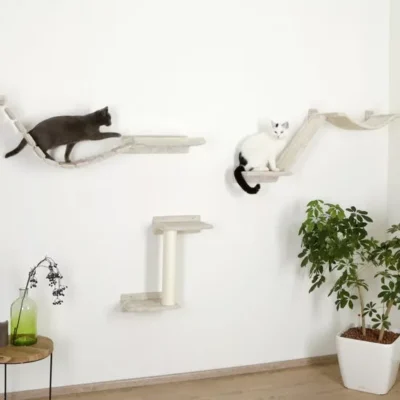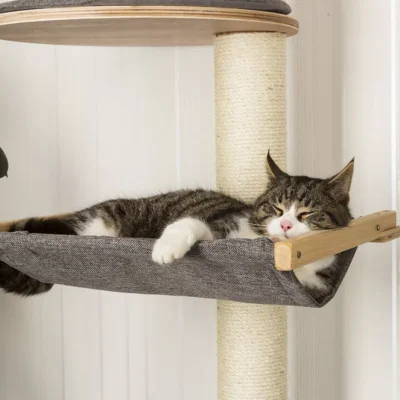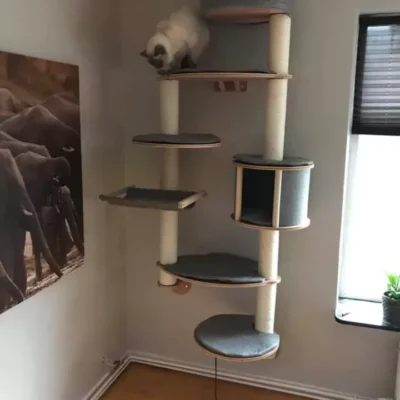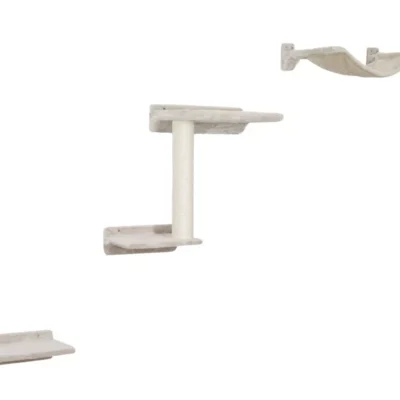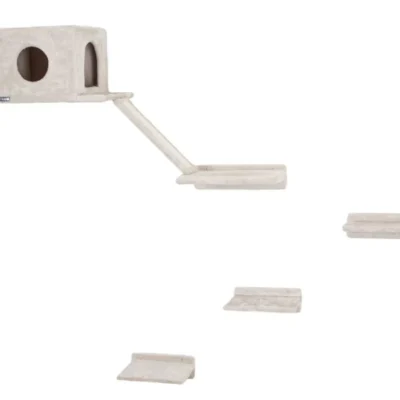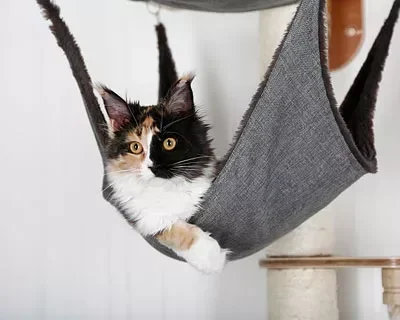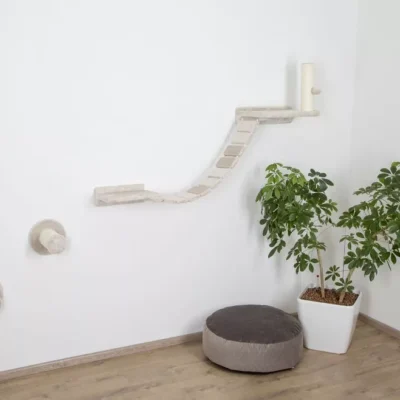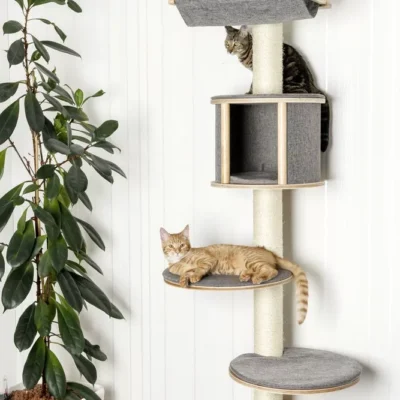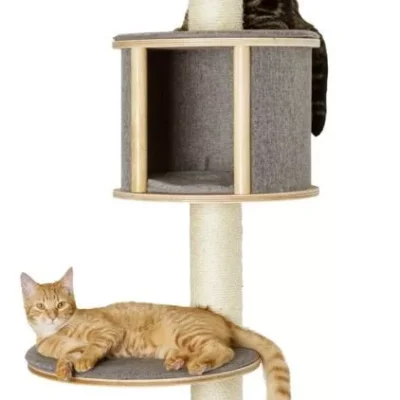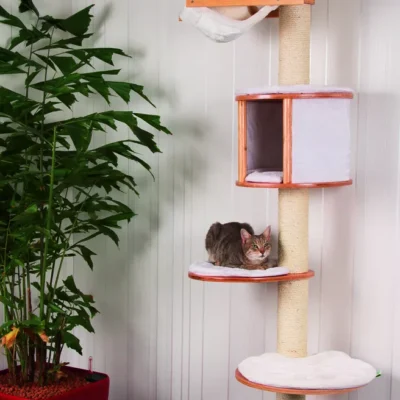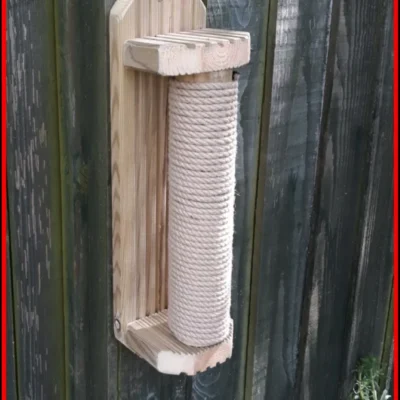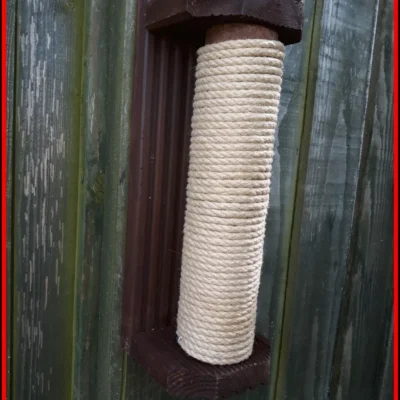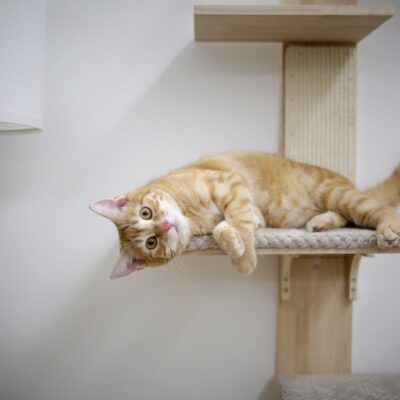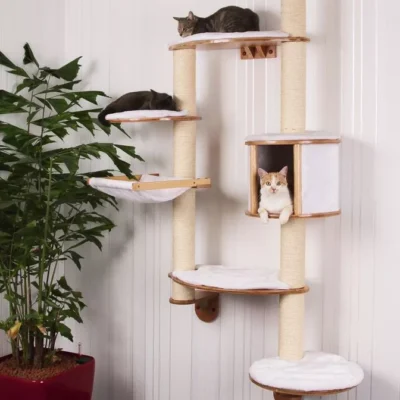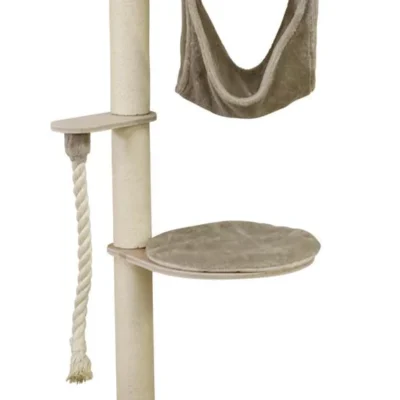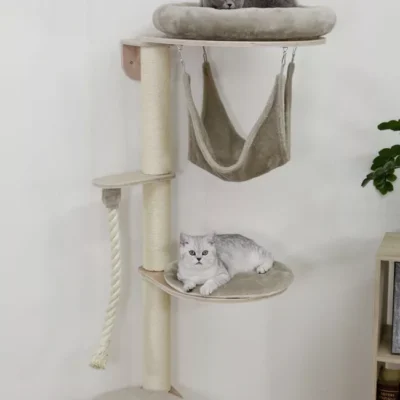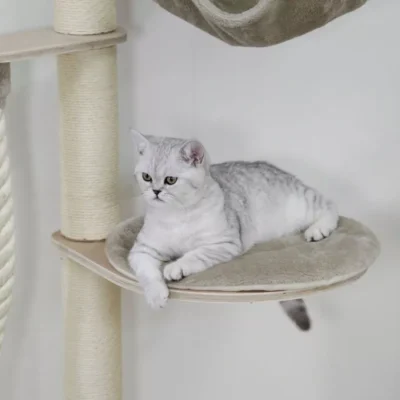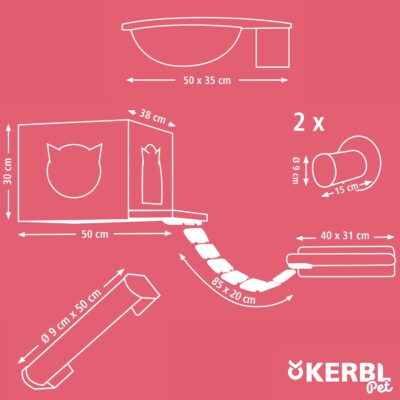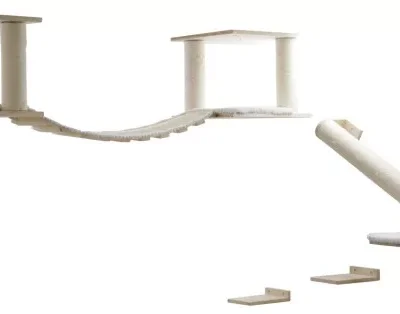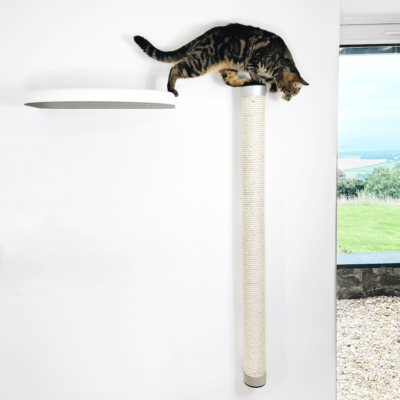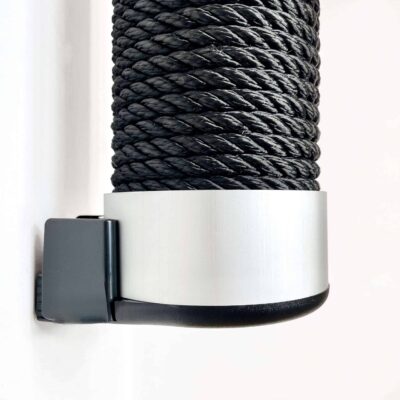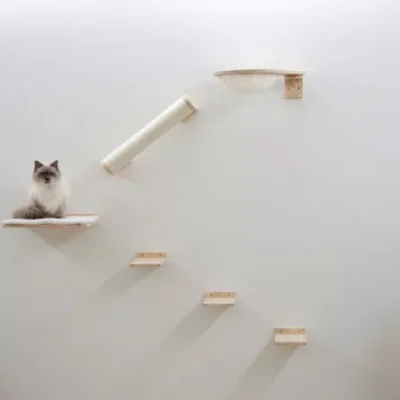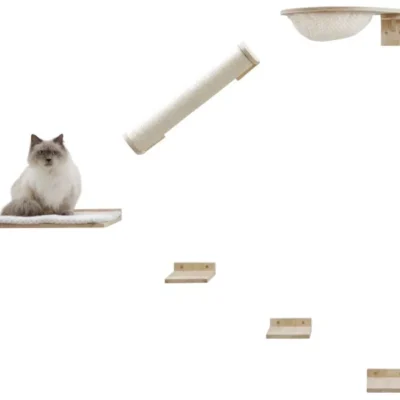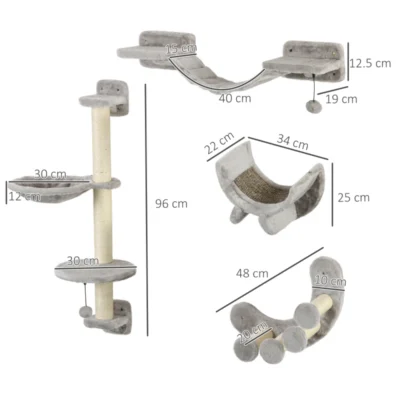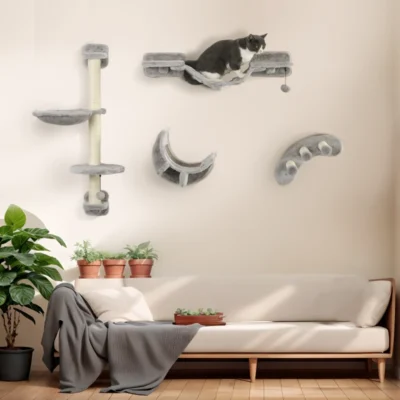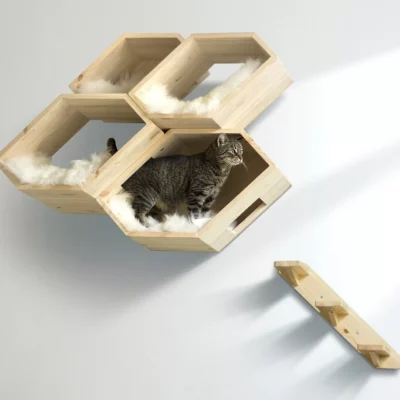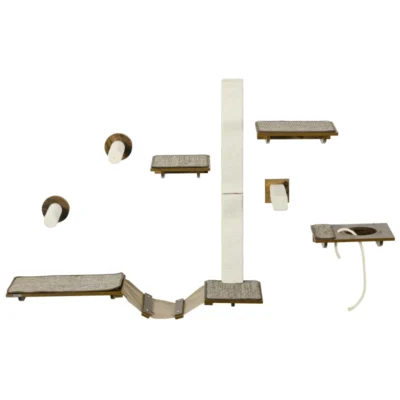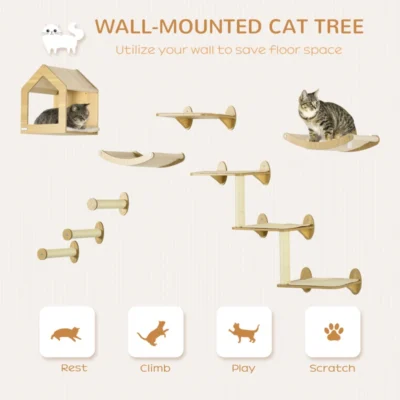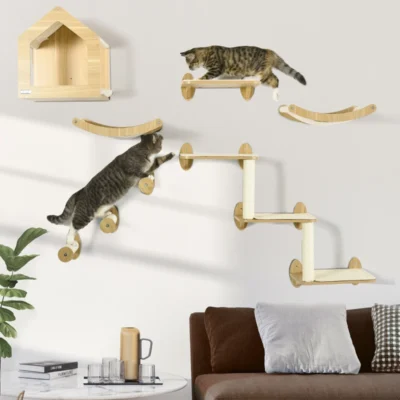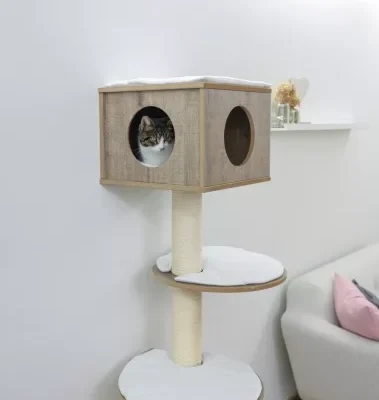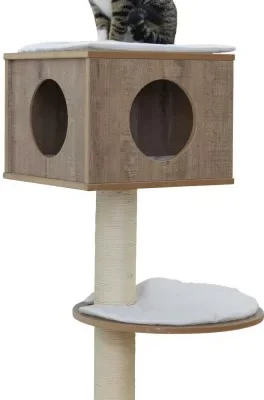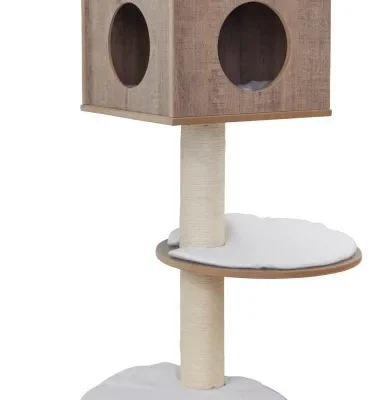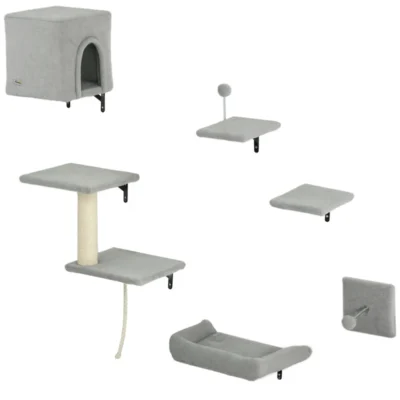0
Cats, known for their grace and agility, are not only beloved pets but also captivating subjects in the realm of animal biology. To fully appreciate these elegant animals, it’s essential to have a basic understanding of feline anatomy and physiology. Cats are distinguished by their unique biological structure, which perfectly equips them for their dual roles as skilled predators and adept climbers. Their anatomy, encompassing the skeletal and muscular systems, as well as the functioning of their various organs, is intricately designed to support their carnivorous diet, solitary nature, and remarkable sensory capabilities.
A particularly intriguing aspect of feline anatomy is the presence of nipples in male cats. This feature, common among many mammals, may initially appear superfluous. In male cats, unlike females who use nipples for nursing, these structures are non-functional. However, their presence provides a fascinating entry point into exploring the depths of feline anatomy and genetics. It opens up a discussion about the developmental processes shared across male and female mammals, shedding light on broader biological concepts.
The main purpose of this blog is to delve into the intriguing question of why male cats have nipples, thereby offering readers a more profound understanding of feline biology. This exploration will touch upon various aspects of mammalian anatomy, genetics, and evolutionary biology. The aim is not just to provide an answer to this specific query but to foster a deeper appreciation for the intricacies and wonders of the natural world, as observed through our close companions, the cats.
This blog is intended for a wide audience, including cat owners, enthusiasts, and anyone with a curiosity about animal biology. The goal is to present scientifically accurate, engaging, and insightful content that deepens the reader’s understanding and appreciation of these fascinating creatures. Through this exploration, we hope to enhance the knowledge and enrich the experience of all those interested in the amazing world of feline biology.
The Development of Nipples in Mammals
The development of nipples in mammals, including the seemingly curious case of male nipples, is a compelling illustration of the intricate processes involved in embryonic development and evolutionary biology.
The journey of nipple development in mammals starts in the early stages of embryonic growth, within the womb. During these initial stages, embryonic development is strikingly similar across sexes. This similarity encompasses the formation of nipples, which occurs before the sex of the embryo is determined and before the sexual differentiation of other organs. Early in the embryonic stage, certain areas of skin thicken to form mammary ridges or milk lines along both sides of the embryo’s trunk. In most mammals, these ridges eventually develop into mammary glands. The fundamental blueprint for nipples is established at this point, preceding the development of sex-specific traits, leading to both males and females possessing nipples.
The development of nipples in mammals is orchestrated by a complex network of genetic factors, embedded in the mammalian genetic code over millions of years of evolution. The genes responsible for the development of mammary glands do not differentiate between male and female embryos in the early stages. From an evolutionary perspective, the presence of nipples in both sexes can be seen as a product of genetic efficiency. Since having nipples does not pose a significant disadvantage to males, evolutionary processes have not favored the development of sex-specific developmental pathways for this trait. This efficiency in the developmental process allows for a shared template in the early stages of growth, diverging only where necessary in later stages.
Evolutionarily, the continued existence of nipples in male mammals can be attributed to the absence of negative selection pressure against them. Since male nipples do not generally impede survival or reproductive success, they have been naturally carried through generations, even without providing a distinct advantage. Evolutionary biologists have theorized that male nipples might have had a functional role in early mammalian ancestors, possibly related to nurturing offspring. As species evolved and parental roles became more specialized, these potential functions may have become redundant. However, the genetic instructions for nipple development remained intact, especially as they are vital for females.
In summary, the presence of nipples in male mammals serves as an intriguing example of evolutionary biology in action. It highlights the concept that not all aspects of an organism’s anatomy are direct results of adaptation to its current lifestyle; some features are retained due to genetic history and the absence of detrimental effects on survival and reproduction. This understanding not only sheds light on the complex paths of evolutionary development but also enriches our appreciation for the intricacies of mammalian biology.



